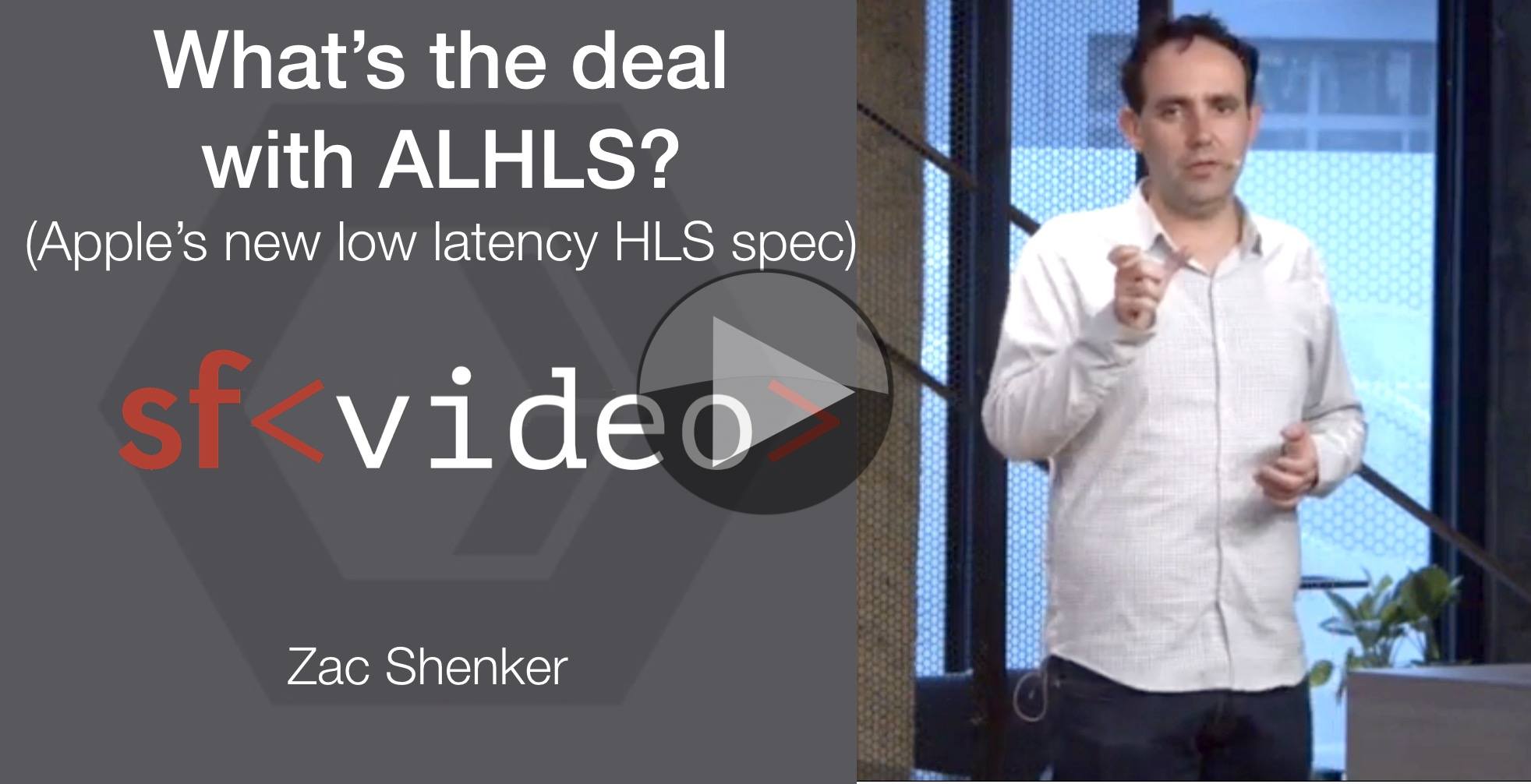Low latency streaming was moving forward without Apple’s help – but they’ve published their specification now, so what does that mean for the community efforts that were already underway and, in some places, in use?
Apple is responsible for HLS, the most prevalent protocol for streaming video online today. In itself, it’s a great success story as HLS was ideal for its time. It relied on HTTP which was a tried and trusted technology of the day, but the fact it was file-based instead of a stream pushed from the origin was a key factor in its wide adoption.
As life has moved on and demands have moved from “I’d love to see some video – any video – on the internet!” to “Why is my HD stream arriving after my flat mate’s TV’s?” we see that HLS isn’t quite up to the task of low-latency delivery. Using pure HLS as originally specified, a latency of less than 20 seconds was an achievement.
Various methods were, therefore, employed to improve HLS. These ideas included cutting the duration of each piece of the video, introducing HTTP 1.1’s Chunked Transfer Encoding, early announcement of chunks and many others. Using these, and other, techniques, Low Latency HLS (LHLS) was able to deliver streams of 9 down to 4 seconds.
Come WWDC this year, Apple announced their specification on achieving low latency streaming which the community is calling ALHLS (Apple Low-latency HLS). There are notable differences in Apple’s approach to that already adopted by the community at large. Given the estimated 1.4 billion active iOS devices and the fact that Apple will use adherence to this specification to certify apps as ‘low latency’, this is something that the community can’t ignore.
Zac Shenker from Comcast explains some of this backstory and helps us unravel what this means for us all. Zac first explains what LHS is and then goes into detail on Apple’s version which includes interesting, mandatory, elements like using HTTP/2. Using HTTP/2 and the newer QUIC (which will become effectively HTTP/3) is very tempting for streaming applications but it requires work both on the server and the player side. Recent tests using QUIC have been, when taken as a whole, inconclusive in terms of working out whether this it has a positive or a negative impact on streaming performance; experiments have shown both results.
The talk is a detailed look at the large array of requirements in this specification. The conclusion is a general surprise at the amount of ‘moving parts’ given there is both significant work to be done on the server as well as the player. The server will have to remember state and due to the use of HTTP/2, it’s not clear that the very small playlist.m3u8 files can be served from a playlist-optimised CDN separately from the video as is often the case today.
There’s a whole heap of difference between serving a flood of large files and delivering a small, though continually updated, file to thousands of endpoints. As such, CDNs currently optimised separately for the text playlists and the media files they serve. They may even be delivered by totally separate infrastructures.
Zac explains why this changes with LL-HLS both in terms of separation but also in the frequency of updating the playlist files. He goes on to explore the other open questions like how easy it will be to integrate Server-Side Ad Insertion (SSAI) and even the appetite for adoption of HTTP/2.
Watch now!
Speaker
 |
Zac Shenker Director of Engineering, Video Experience & Optimization, CBS Interactive |


